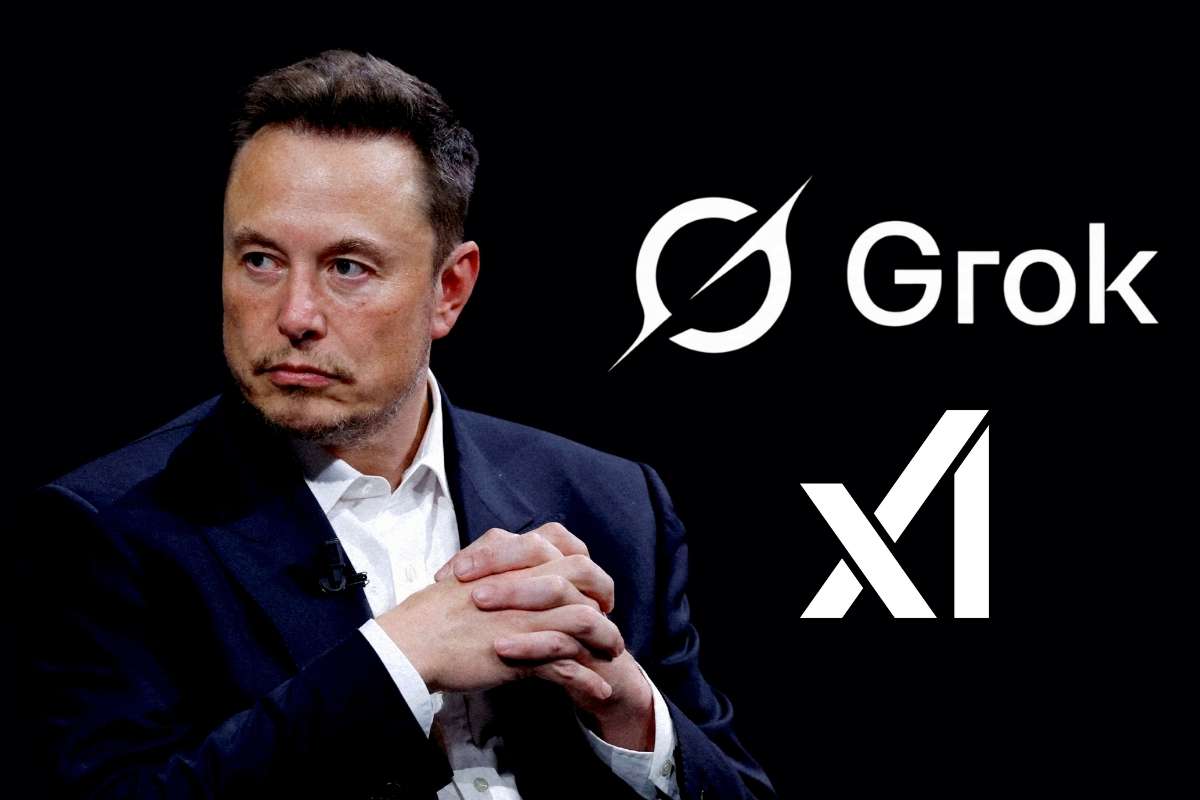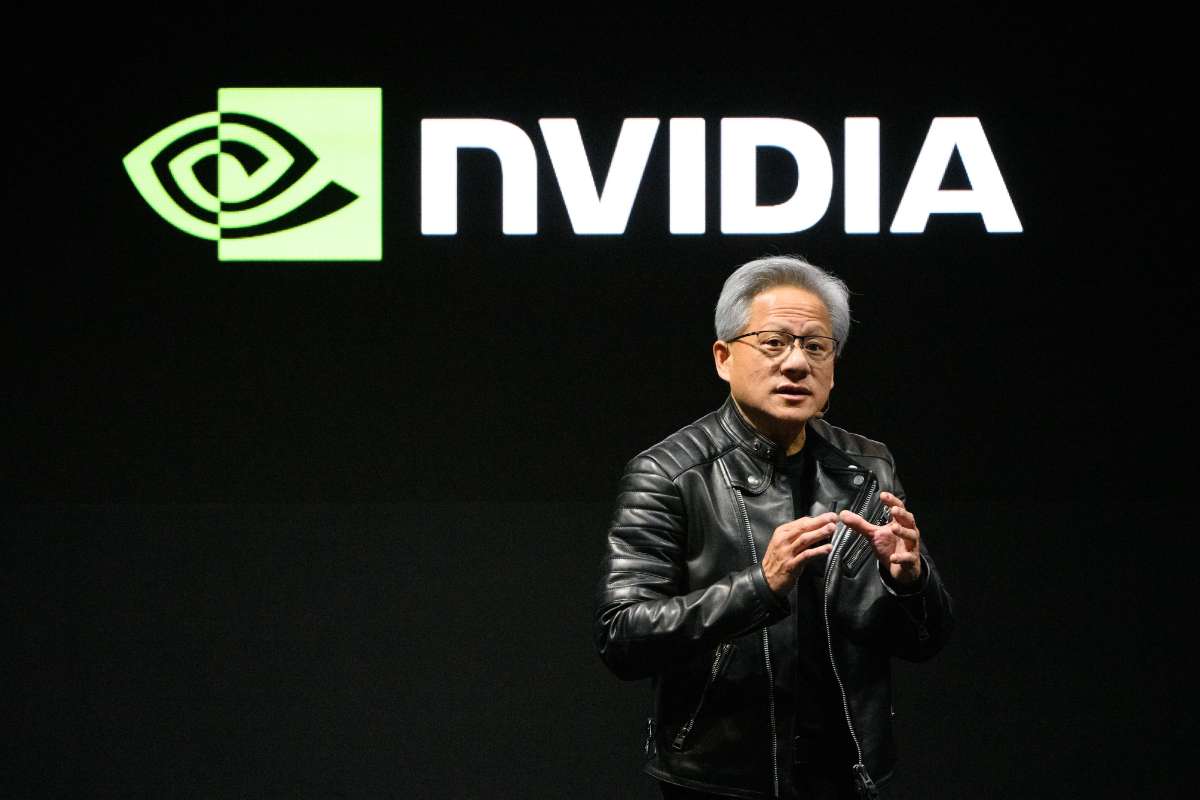In the dynamic landscape of digital marketing, staying ahead of the curve is paramount to success. With the ever-evolving algorithms of search engines like Google, Bing, and Yahoo, businesses need to constantly refine their strategies to ensure maximum visibility and engagement. One such strategy that has emerged as a cornerstone of online marketing is Search Engine Marketing (SEM). In this comprehensive guide, we’ll delve into the intricacies of SEM, its components, best practices, and how it can propel your brand to the forefront of search engine results.
Understanding Search Engine Marketing
Search Engine Marketing, often abbreviated as SEM, is a powerful digital marketing approach aimed at increasing a website’s visibility in search engine results pages (SERPs) through paid advertising. It encompasses a range of tactics, including pay-per-click (PPC) advertising, search engine optimization (SEO), and other techniques designed to enhance a website’s search engine rankings.
The Components of SEM
1. Pay-Per-Click (PPC) Advertising
PPC advertising is a fundamental aspect of SEM, wherein advertisers bid on keywords relevant to their target audience. When users search for these keywords, the advertiser’s ad may appear prominently in the sponsored section of the search results. Advertisers only pay when users click on their ads, making PPC a cost-effective way to drive targeted traffic to a website.
2. Search Engine Optimization (SEO)

SEO involves optimizing a website’s content, structure, and meta-information to improve its organic search engine rankings. By enhancing factors such as keyword relevance, site speed, mobile-friendliness, and backlink profile, businesses can increase their visibility in unpaid (organic) search results. While SEO requires time and effort to yield results, its long-term benefits can be significant.
3. Remarketing Campaigns
Remarketing campaigns are an integral component of SEM, allowing advertisers to re-engage with users who have previously visited their website or interacted with their brand. By displaying targeted ads to these users as they browse other websites or social media platforms, businesses can reinforce brand awareness, encourage repeat visits, and drive conversions.
The Importance of Search Engine Marketing
1. Increased Visibility
SEM allows businesses to reach a wider audience by ensuring their website appears prominently in search engine results. With PPC advertising, companies can instantly secure top positions for their chosen keywords, while SEO efforts can steadily improve organic rankings over time, resulting in sustained visibility.
2. Targeted Traffic
By targeting specific keywords relevant to their products or services, businesses can attract highly qualified leads through SEM. PPC campaigns can be finely tuned to reach users based on their search intent, demographics, location, and other parameters, ensuring that ads are served to the most relevant audience.
3. Measurable Results

One of the key advantages of SEM is its measurability. Through tools like Google Analytics and Google Ads, advertisers can track and analyze various metrics such as click-through rates, conversion rates, and return on investment (ROI). This data allows businesses to refine their strategies, optimize their campaigns, and allocate their marketing budget more effectively.
4. Competitive Advantage
In today’s fiercely competitive digital landscape, search engine marketing provides businesses with a distinct competitive advantage. By occupying prime real estate in search engine results pages (SERPs), companies can effectively outshine their competitors, capture market share, and establish themselves as industry leaders. SEM allows businesses to level the playing field and compete with larger corporations, regardless of their size or budget.
Best Practices for Search Engine Marketing
1. Keyword Research
Keyword research forms the foundation of any successful SEM campaign. By identifying the most relevant and high-performing keywords in their industry, businesses can optimize their PPC ads and SEO efforts to target the right audience effectively. Tools like Google Keyword Planner, SEMrush, and Moz Keyword Explorer can aid in this process.
2. Compelling Ad Copy
Crafting compelling ad copy is crucial for attracting clicks and driving conversions in PPC advertising. Ads should be concise, persuasive, and tailored to match the user’s search intent. Including the target keyword in the ad copy can improve relevancy and quality score, leading to higher ad rankings and lower costs per click.
3. Landing Page Optimization

The effectiveness of a SEM campaign hinges on the quality of the landing page. Landing pages should be optimized for user experience, relevance, and conversion. They should align seamlessly with the ad’s messaging and offer clear calls-to-action (CTAs) to guide visitors towards desired actions, whether it’s making a purchase, filling out a form, or signing up for a newsletter.
4. Continuous Monitoring and Optimization
SEM is not a set-it-and-forget-it strategy; it requires ongoing monitoring and optimization to deliver optimal results. Advertisers should regularly review performance metrics, test different ad creatives and targeting options, and make data-driven adjustments to maximize their ROI. This iterative approach ensures that SEM campaigns remain effective and competitive in the ever-changing digital landscape.
5. A/B Testing
A/B testing, also known as split testing, is a vital practice for optimizing SEM campaigns. By creating multiple variations of ads, landing pages, and other elements, advertisers can compare performance metrics to determine which versions resonate best with their target audience. Through systematic experimentation and analysis, businesses can identify winning strategies, refine their messaging, and maximize the effectiveness of their SEM efforts.
Conclusion
In today’s digital age, search engine marketing has become indispensable for businesses looking to thrive in the online arena. By leveraging the power of PPC advertising and SEO, companies can enhance their visibility, attract targeted traffic, and achieve measurable results that drive business growth. By following best practices and staying abreast of industry trends, businesses can harness the full potential of SEM to outshine their competitors and connect with their target audience effectively. Whether you’re a seasoned marketer or a newcomer to the world of digital advertising, mastering the art of search engine marketing is essential for staying ahead in the digital age.


















